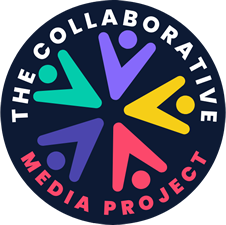A journalist must be professional enough with the ability to remove his/her biases and opinions from the story no matter the level of their personal pain. Journalism demands objectivity and neutrality. Whenever these are not guaranteed in a story, the journalists’ professional ethics will become questionable.

Seeking fame should not be the goal of a journalist. Fame should be a by- product of excellent professional service delivery. The above and many others were some of the conversations Africa Foundation for Young Media Professionals (AFYMP) had with Association of Campus Journalists/freelancers at Ekiti state University on February 6, 2024. The event was held at Goodluck Ebele Jonathan Lecture theatre within the University.

In his welcome address, The President of Association of Campus Journalists, Ekiti state University, Salako Emmanuel encouraged participants to pay attention to the workshop nuggets so they can put into good use the lessons learned. According to him “It is an opportunity to have the AFYMP team from Lagos and we must maximize this opportunity in order to improve our professional skills as journalists. We need to grab all we can for now until we have the opportunity again”.
The lead facilitator of the workshop titled “Reporting for impact”, Yinka Olaito began his session by affirming that the essence of journalism is not seek fame but to be a catalyst of conversation that brings changes to the society. In doing this, Journalist must understand why his/her story is important to be told. Beyond knowing the why, ethics should guide every process in the trade. Infusing personal opinion and biases are really unethical and should be guided against.
Om\n addition to the above, journalists should not spread fake news, hence a great need for fact checking before pushing any information out there. According to Yinka, “A careless journalist can set the whole community on fire if s/he peddles unverified information”.
The session, which was interactive in nature, gave participants the opportunity to ask questions as well as interact with each other. Aside from this, participants were divided into four groups with each saddled to produce an under reported issue which can bring impact to their community story.
Some of the feedback and interactions are captured



